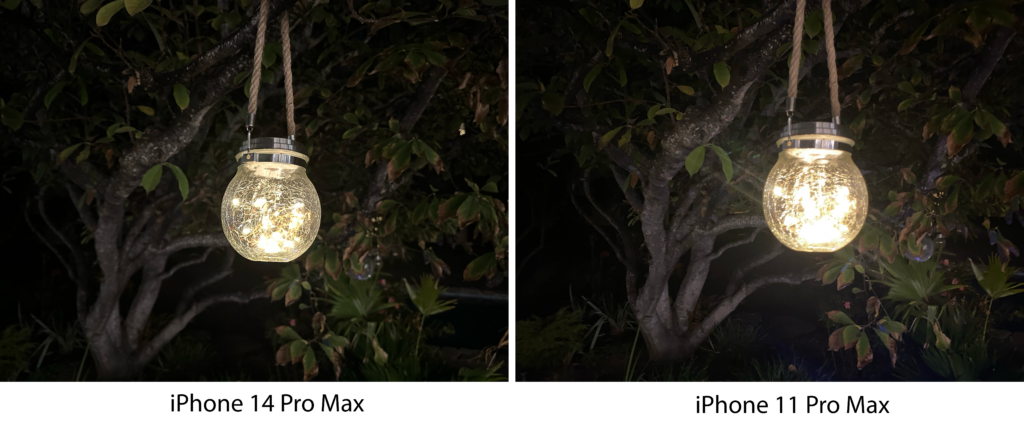Apple, a tech giant located in the Bay Area, attracts customers from all over the world and garners an unbelievable revenue of $365,817 billion per year. However, the continuous complaints and disappointed feedback have prompted discussions over whether Apple’s new products are still worth buying.
Despite unresolved issues such as weak WiFi connection, slow charging through the proprietary lighting cable and off-putting lens flare, I can attest that the iPhone 14 and 14 Pro still lead the cell phone industry today. They are prime examples of Apple’s high-quality upgrades and prioritization of user experience.
Some consumers are not satisfied with the more recent Apple products because earlier generations of each new iPhone set people’s expectations to an unrealistic standard. As a result, people now often expect radical changes in new phone models.
In recent years, many smartphone companies other than Apple have succumbed to these expectations, starting new trends such as full screens, impractically high Pixel-resolutions and even folding screens. Sadly, these changes are not helpful because of the limitations set by their underdeveloped technology. The goal should not be to produce a novel product, but to cater to the user’s actual experience.
Apple, on the other hand, did not mindlessly employ risky, new features. Each new iPhone model makes improvements on the existing features and only introduces new renovations to extend a smartphone’s capabilities such as the Crash Detection and Emergency SOS via satellite feature, which is a crucial back-up mechanism when users are in danger.
iPhones have often been teased for being the most easily overheated phone. Even Apple’s A16 Bionic processor, the most powerful processor existing on a smartphone, cannot perform with full potential if it’s placed under great heat. The new iPhone 14 and 14 Pro greatly improved their heat dissipation by providing a better performing environment for their incredibly powerful chip.
Apple has also been consistently improving its camera system without making extreme, tasteless alterations. The older generations’ cameras required night mode in dark environments to absorb more light, whereas the new iPhone 14 Pro doesn’t require night mode under the same lighting conditions due to its bigger camera sensor.
Additionally, Apple upgraded the pixel resolution from 12 to 48 megapixels in the iPhone 14 Pro. This may seem insignificant because iPhone’s competitors already had cameras above 48 megapixels years ago. But the iPhone 14 does not solely rely on its camera resolution; its AI also processes the photo afterward to calculate subtle but crucial details like dividing the outline of an object from its background.
Apple’s iPhone, the most advanced and powerful of all time, has been breaking smartphone barriers for decades, and the meticulous thought that goes into each new iPhone model makes them worthy of high prices that start at $999 and go as high as $1,499. With Apple’s emphasis on user experience, the iPhone stands out from the rest of its competitors in numerous ways. As Steve Jobs once said when the iPhone was first introduced in 2007: “[The] iPhone is a revolutionary and magical product that is five years ahead of any other mobile phone.” The same remains true today.




























